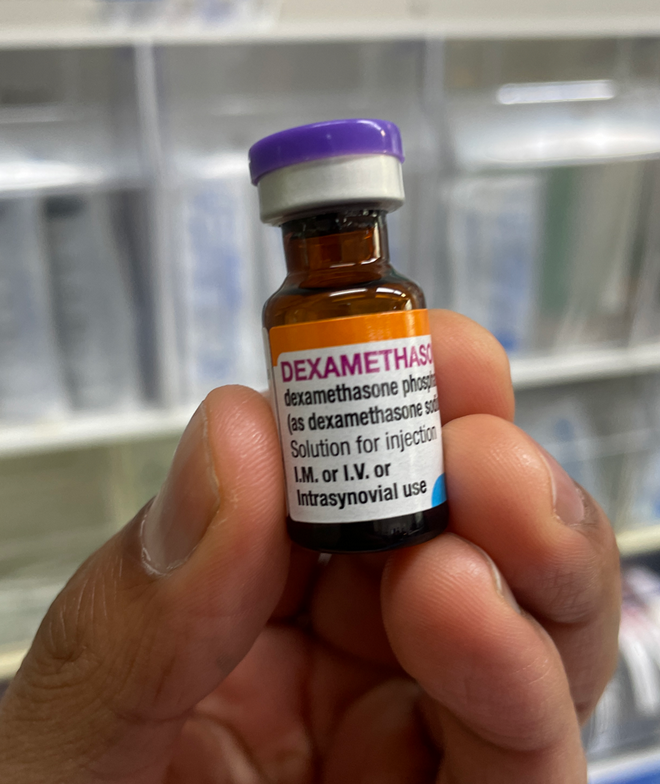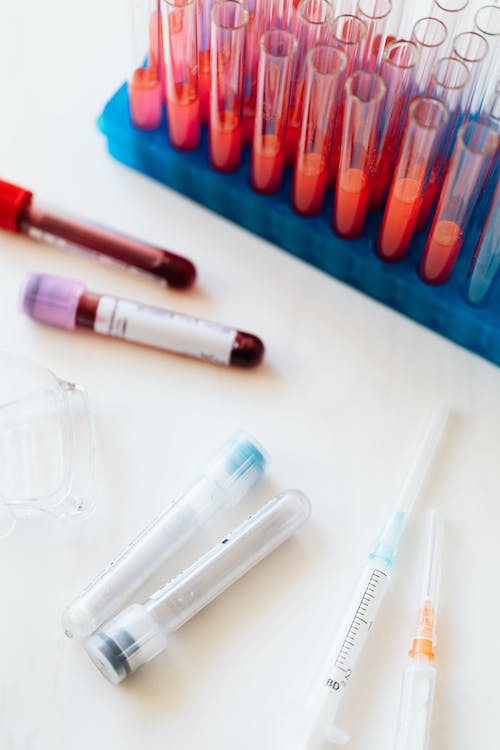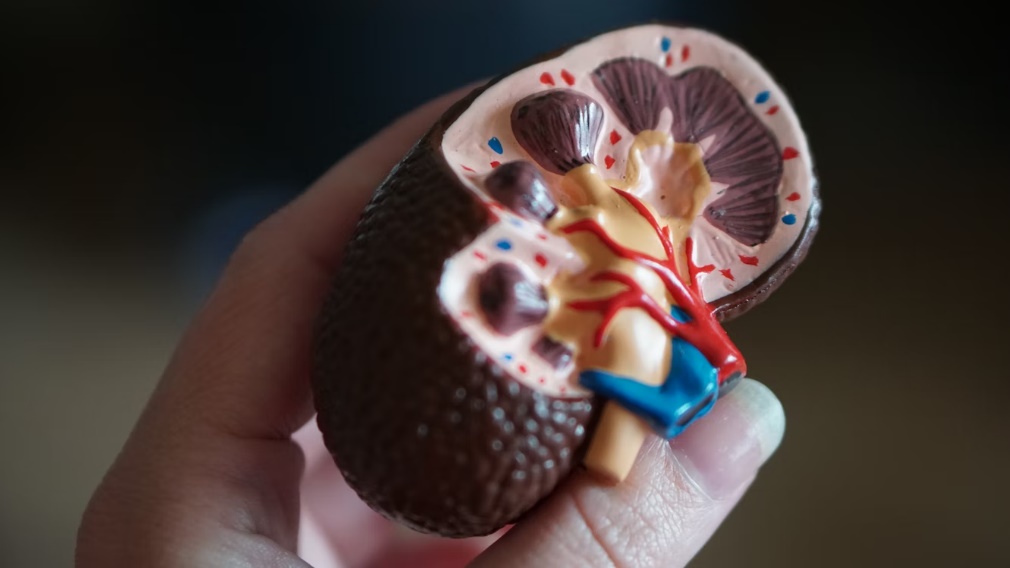The PADDI trial by Dr. Matthew Vella @mjv.igee PADDI (The Perioperative ADministration of Dexamethasone and Infection Trial) Corcoran, T. B., Myles, P. S., Forbes, A. B., Cheng, A. C., Bach, […]
Category Archives: Clinical Anaesthesia
Hyponatremia where salt goes, water (also) follows by Adam George Definition Hyponatremia refers to a low blood sodium (Na) concentration. Specifically, […]
By Dr Jessica It is important to interpret arterial blood gases in a systematic manner, taken within the context of the patient’s clinical context. Steps: PaO2 (partial pressure of oxygen […]
A summary of this fantastic BJA education article: https://www.clinicalkey.com.au/#!/content/playContent/1-s2.0-S2058534922000506 Epidemiology Most common causes of CKD are diabetes and hypertension What is the definition of […]
By Dr Angus Hayes About the author Dr Angus Hayes is an Australian ICU registrar who recently spent time in Norway observing anaesthetic protocols and practices. In this article he […]
By Dr. Harrison Whiting Have you ever had difficulty trying to ventilate a patient with a BMV or been unable to visualise a patient’s vocal cords prior to intubation? […]
by Adam George Definition Hypernatremia refers to a high blood sodium concentration. Hypernatremia can be classified as follows: Acute (<48 hours) or Chronic (>48 hours) Mild (146-149 mmol/L) Moderate (150-169 […]
By Zheng Cheng Zhu Key reference: Gan, T. J., Belani, K. G., Bergese, S., Chung, F., Diemunsch, P., Habib, A. S., Jin, Z., Kovac, A. L., Meyer, T. A., Urman, […]
The ENIGMA-II trial by Dr. Matthew Vella @mjv.igee #Anaesthesia #anaesthetics #anesthesiology #anesthesia #anesthetic #abcsofanaesthesia #medicine #anesthesiologist #anaesthetist #anesthetist #anaesthesiology #nurse #medical #meded #FOAMed #medicalstudent #ENIGMAtrial # ENIGMA2trial #safety #generalanaesthesia #GA […]
Definition Hyperkalaemia refers to a state of high serum potassium (K+), typically > 5.5 mmol/L. Potassium is split between intracellular (98%, ~150 mmol/L K+ concentration) and extracellular (2%, ~4-5 mmol/L […]









